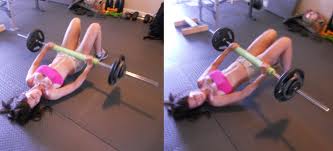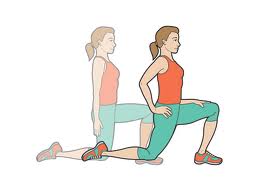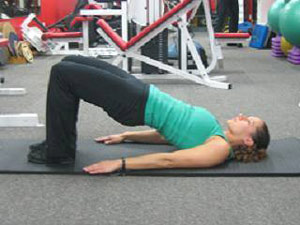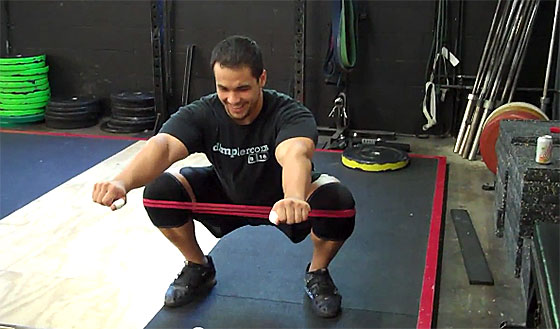 Calm down your overactive hip flexors
Calm down your overactive hip flexors
Think you just need to start doing squats and lunges? Think again. Thanks to sitting for a living, we are effectively teaching our hip flexors to be short and our core to go offline. This leads to an over-reliance on our hip flexors for stability when we should be using our core.
And PS: you can't just “think” about your core when you move. That's inauthentic and impractical in real life situations. The core should just work - beneath the conscious level - and allow you to move the way you want.
So the very first thing you need to do is to inhibit your overactive hip flexors. Two simple ways are to provide direct pressure or stretch. About 30-60 seconds on each side is plenty. Think “relax and lengthen” rather than “stretch!”. Biggest mistake here is to grit your teeth, hold your breath and survive the stretch. Instead, relax and breath from your belly through your nose. Are you holding your breath? Hope not.
Activate ALL of the various glute muscle fibers
Now we have to wake the glutes from their slumber. Since the glutes perform several functions we'll need to hit them from a few angles. Think pulling your thigh behind you, sideways, and rotation.
Strengthen the patterns, not the muscle
Many people will mistakenly skip to this step and while they'll make some progress, best results are obtained by following the 3-step plan outlined above. Many of these exercises will look familiar, but are performed incorrectly. Remember: focus on the quality of the movement first, then make it more challenging by adding weight or moving to one leg.
Hip Extension
- The Barbell Bridge or Hip Thrust exercise is simple and effective.

Hip Hinge
- Deadlift – "Good form is like Bigfoot: often reported, but rarely seen." (Thanks, Brett Jones) Be sure you MASTER the hip hinge before loading the pattern and performing a deadlift.
Squat
- Squat as low as possible with a neutral spine and powerfully push through the heels to stand up. Do not do a squat if you plan on leaning forward over your toes and not going low. If this is a problem (and it is for a lot of people), place a 1-2 inch block under your heels. The heel lift is like a set of training wheels. Your goal is to gradually get better at squatting with less and less heel lift.
Carry Heavy Things
- The Farmer's Walk or Waiter Carry exercise forces you to stabilize your pelvis correctly. I think of these exercises as an “auto-correct” for clients whose pelvis is un-level during the stance phase of the running stride.
Sprint and Jump
- Have you EVER seen a sprinter with a flat ass? How about a gymnast? Of course not! That's because any sport or activity that requires explosive strength will give you a nice pair of glutes as a side effect. Go sprint up a hill for about 10 seconds all out. Do about 2-6 reps and focus on the power you are exerting into the ground. Do NOT think about moving your legs or feet quickly (that's a huge mistake); rather think about generating massive power... even if it ain't much right now.
A Final Note About Building Strength
Once you are 100% confident that your technique is excellent (ideally checked by a fitness professional), then you must not be afraid of 'going heavy'. This is one of the biggest mistakes I see day-to-day in the gym.
You said you don't want pancake butt. What's your reason again?
- Maybe you don't want any of the injuries associated with it.
- Maybe you want to be faster and more efficient.
- Maybe you just want to fill out those jeans a bit better...
Either way, you aren't going to get anywhere by lifting something 15-20 times. To get stronger you need to progress to lifting something 1-8 times a few times (not once) per week. Here's a sample progression:
Month 1: 2 sets of 10-15 reps with perfect form – worry about the pattern, not the weight.
Month 2: 3 sets of 6-8 reps
Month 3: 4 sets of 4-6 reps
Month 4: 5 sets of 2-5 reps (in week 4 only 3 sets of 5)
Month 5: start over at month 2, but add a set.
When people ask you about that great booty, tell them where you got it ;-)








